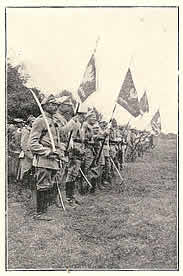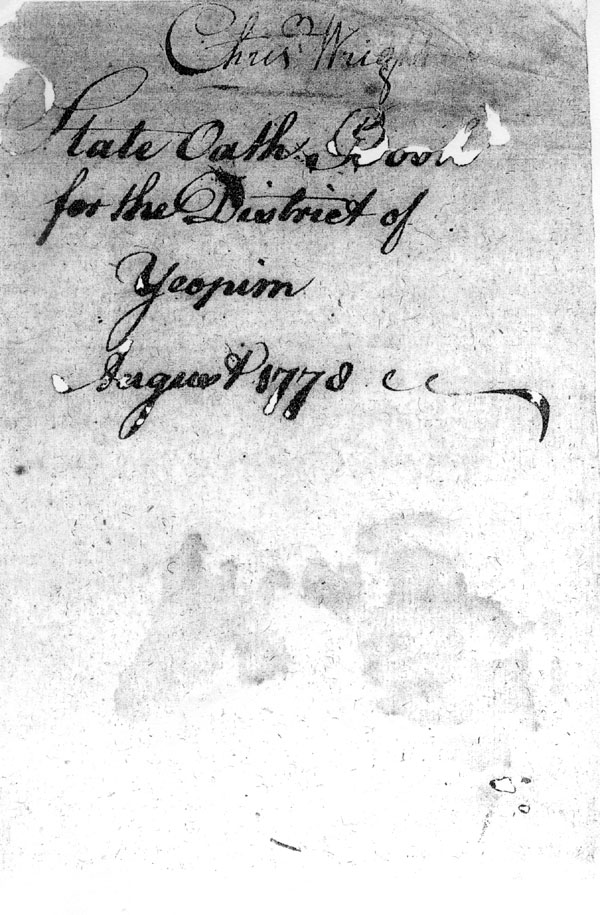

Politically speaking, democracy (system of government in which people choose their rulers). The Western bloc: United States and NATO Allies.Įconomically speaking, liberal and capitalistic (competition, private property of the means of production, market economy). Racial discrimination against black minorities led President Kennedy to launch a spate of reforms, "the New Frontier", in the 1960's. American companies greatly contributed to the exceptional growth of the Fifties and the Sixties.
#POLISH OATH OF LOYALTY 1953 FREE#
Capitalism, which rests upon free enterprise and free circulation, represents America's main incentive to development.

Their conflicts are settled by the Supreme Court. The states hold some sovereignty within the federal state and are run by elected governors.

Accountable to Congress, the President is elected for no more than two four-year terms and wields extended powers. The USA is a liberal democracy based on free elections and bipartisanship. The movement functioned as a terrorist organization before World War II but in April 1941, they were appointed to rule a part of Axis-occupied Yugoslavia as the Independent State of Croatia, which has been described as both an Italian-German quasi-protectorate, and as a puppet state of Nazi Germany.Key question: How can two conflicting visions of society divide the world? Fiercely Roman Catholic, the Ustashe espoused Roman Catholicism and Islam as the religions of the Croats and Bosniaks and condemned Orthodox Christianity, which was the main religion of the Serbs. The movement emphasized the need for a racially "pure" Croatia and promoted genocide against Serbs, Jews and Romani people, and persecution of anti-fascist or dissident Croats and Bosniaks. Its members murdered hundreds of thousands of Serbs, Jews, and Roma as well as political dissidents in Yugoslavia during World War II The ideology of the movement was a blend of fascism, Roman Catholicism and Croatian nationalism. Rákosi claimed he destroyed the non-Communist parties by "cutting them off like slices of salami." By portraying his opponents as fascists, he was able to get the opposition to slice off its right wing, then its centrists, then the more courageous left wingers,Ĭroatian Revolutionary Movement a Croatian fascist, racist, ultranationalist and terrorist organization, active, in its original form, between 19. coined in the late 1940s by the orthodox communist leader Mátyás Rákosi to describe the actions of the Hungarian Communist Party in its ultimately successful drive for complete power in Hungary. Salami tactics are most likely to succeed when the perpetrators keep their true long-term motives hidden and maintain a posture of cooperativeness and helpfulness while engaged in the intended gradual subversion. In some cases it includes the creation of several factions within the opposing political party and then dismantling that party from the inside, without causing the 'sliced' sides to protest. In this fashion, the opposition is eliminated "slice by slice" until one realizes (too late) that it is gone in its entirety. With it, an aggressor can influence and eventually dominate a landscape, typically political, piece by piece. A divide and conquer process of threats and alliances used to overcome opposition.


 0 kommentar(er)
0 kommentar(er)
